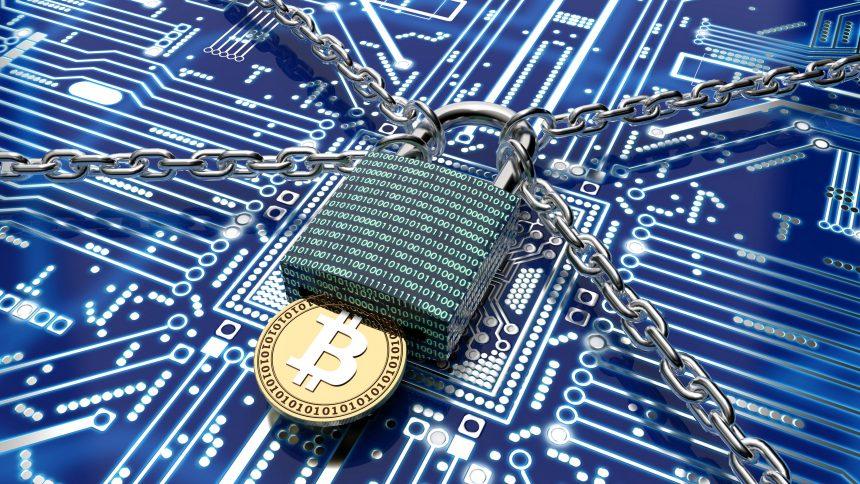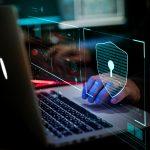BOINC malware has emerged as a significant concern for both individual users and organizations alike. Initially known for its benign utility in distributed computing projects, BOINC (Berkeley Open Infrastructure for Network Computing) has unfortunately been exploited by cybercriminals to execute malicious activities on infected systems. This article delves into the nature of BOINC malware, its actions, consequences, detection names, and provides a comprehensive guide on how to remove it from your system and prevent future infections.
Introduction to BOINC Malware
BOINC, developed by the University of California, Berkeley, is a legitimate software framework used for distributed computing projects such as scientific research and data analysis. However, cybercriminals have manipulated this software to propagate malware across networks without users’ consent or knowledge. Once infected, systems can be used for various malicious purposes including cryptocurrency mining, data theft, or launching further cyber attacks.
Actions and Consequences of BOINC Malware
When a system is infected with BOINC malware, several concerning actions may occur:
- Cryptocurrency Mining: The malware may harness the system’s computational resources to mine cryptocurrencies like Bitcoin or Monero, causing a significant slowdown in performance.
- Data Theft: BOINC malware can be used to exfiltrate sensitive data such as personal information, login credentials, or financial data, compromising user privacy and security.
- Propagation: Infected systems can be used as launch pads for further malware distribution, expanding the reach of the initial infection.
Detection Names and Similar Threats
BOINC malware may be detected by various antivirus programs under different names such as:
- Trojan.BOINCminer
- BOINC.Worm
- BOINC.Malware
- Backdoor.BOINC
Similar threats that exploit legitimate software for malicious purposes include malware disguised as other utility tools or software updates, emphasizing the importance of verifying the authenticity of downloads and updates.
BOINC Malware Removal Guide
To effectively remove BOINC malware from your system, follow these steps:
- Disconnect from the Internet: Disable your internet connection to prevent the malware from communicating with its command-and-control servers.
- Access Safe Mode: Restart your computer and enter Safe Mode. This prevents the malware from loading alongside normal system processes.
- Uninstall Suspicious Programs: Go to Control Panel > Programs > Uninstall a Program. Look for any suspicious programs related to BOINC or unrecognized software and uninstall them.
- Delete Malicious Files: Navigate to the following directories and delete any suspicious files:
- C:\Program Files\BOINC
- C:\Users\YourUsername\AppData\Local\BOINC
- Clean Registry Entries: Press Win + R, type “regedit,” and press Enter. Navigate to HKEY_LOCAL_MACHINE\Software and HKEY_CURRENT_USER\Software, then delete any entries related to BOINC malware.
- Scan with Antivirus Software: Use a reputable antivirus program to perform a full system scan and remove any remaining traces of malware.
- Restart Your Computer: After completing the removal steps, restart your computer normally.
Preventing Future Infections
To safeguard against BOINC malware and similar threats in the future, consider implementing the following best practices:
- Keep Software Updated: Regularly update your operating system and applications to patch vulnerabilities that malware could exploit.
- Exercise Caution Online: Avoid clicking on suspicious links, downloading files from untrusted sources, or installing software from unknown publishers.
- Use Antivirus Software: Install and maintain reputable antivirus software with real-time protection and regular scans.
- Enable Firewall: Activate your firewall to monitor and control incoming and outgoing network traffic.
By following these preventive measures and staying vigilant, you can significantly reduce the risk of BOINC malware infecting your system and compromising your data.
Conclusion
BOINC malware represents a concerning evolution of cyber threats, leveraging legitimate software for malicious purposes. Understanding its actions, consequences, and effective removal methods is crucial for protecting your digital assets and maintaining cybersecurity hygiene.





